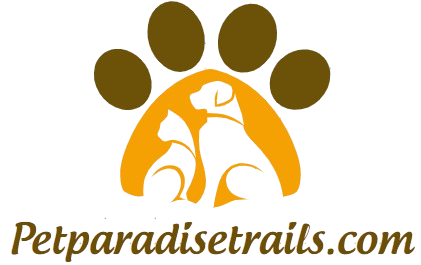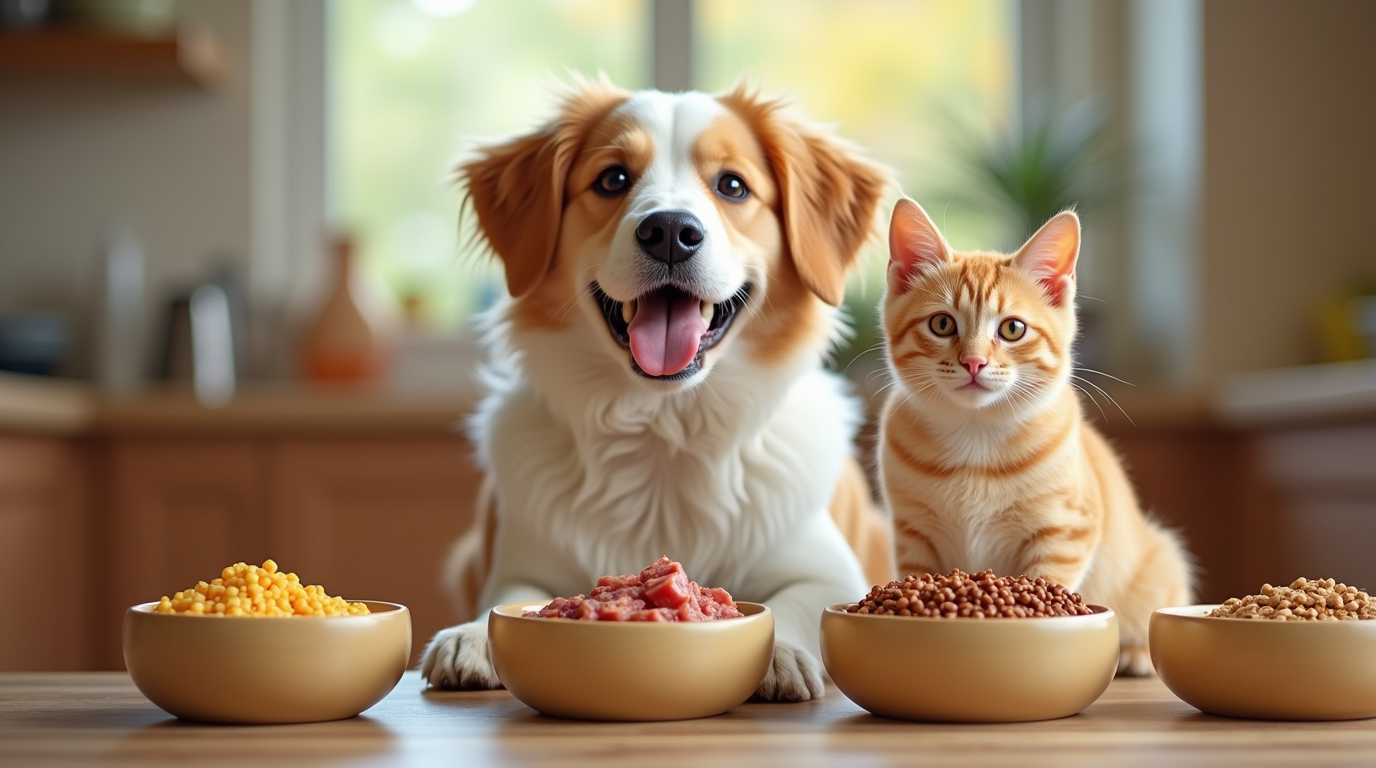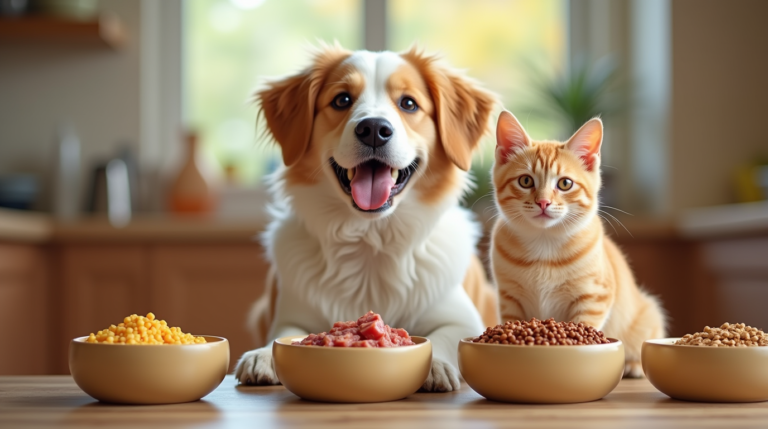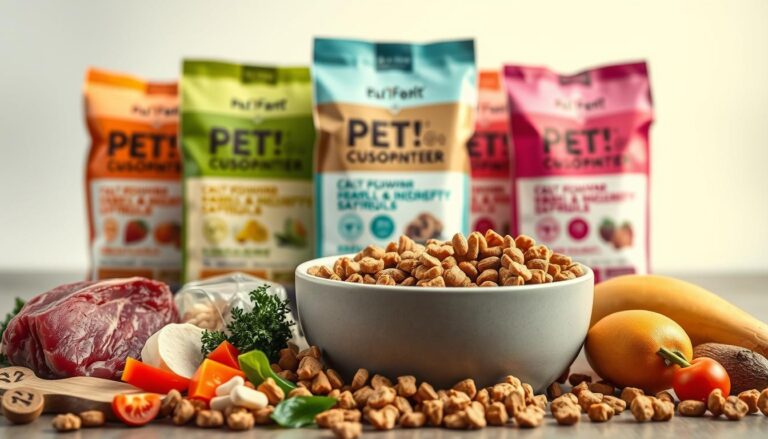A balanced diet for your pet is essential for their overall health and well-being. Just like humans, pets require a variety of nutrients to thrive. This article will delve into the components of a balanced pet diet, the essential nutrients your pet needs, how to manage portion sizes effectively, and practical meal-planning tips. Whether you have a dog, cat, or other furry companion, understanding these aspects will ensure that your pet leads a healthy and happy life.
Understanding a Balanced Pet Diet
Definition of a Balanced Pet Diet
A balanced pet diet refers to providing adequate amounts of all nutrients essential for your pet’s growth, development, and maintenance of health. This includes proteins, fats, carbohydrates, vitamins, minerals, and water. Different pets have different nutritional needs based on their species, age, weight, and activity level, making it vital to customize their diet accordingly.
For example, dogs and cats have different dietary requirements. Cats are obligate carnivores, meaning they require certain nutrients found primarily in animal tissues, while dogs are more omnivorous, able to derive nutrition from both animal and plant sources. Thus, understanding your pet’s specific needs is the first step to crafting a balanced diet.
Importance of a Balanced Pet Diet
Feeding your pet a balanced diet is crucial for numerous reasons. Firstly, it supports healthy growth and development, especially in puppies and kittens. Secondly, a proper diet helps prevent obesity, which is a common issue in pets and can lead to other health problems such as diabetes and joint issues. Moreover, a balanced diet can improve your pet’s coat quality, boost their immune system, and enhance their overall longevity.
Furthermore, the right mix of nutrients can help manage existing health conditions. For example, pets with kidney disease may require a limited protein diet, while those with allergies might benefit from specialized hypoallergenic foods. Ensuring your pet receives the right nutrients tailored to their health status is vital.
Essential Nutrients for Your Pet
Proteins
Proteins are the building blocks of life and are essential for the growth and repair of tissues in your pet’s body. They play a critical role in producing enzymes, hormones, and antibodies that are vital for bodily functions. Pets require different amounts of protein based on their age, size, and activity level. For instance, puppies and kittens need more protein than adult pets to support their rapid growth.
High-quality animal proteins, such as chicken, beef, and fish, are generally more beneficial compared to plant-based proteins. It’s important to ensure that your pet’s food contains sufficient protein sources to meet their dietary needs. Always check the ingredient list of pet food to confirm that it includes high-quality protein sources.
Fats
Fats are another crucial component of a balanced diet, providing a concentrated source of energy for pets. They also play a significant role in absorbing fat-soluble vitamins (A, D, E, and K) and are essential for maintaining a healthy skin and coat. Omega-3 and Omega-6 fatty acids are particularly important, as they contribute to brain health and reduce inflammation.
While fats are necessary, moderation is key. Too many fats can lead to obesity and associated health issues. Pet owners should opt for pet foods that include healthy fat sources, such as fish oil or flaxseed oil, and be cautious of the total fat content in their pet’s diet.
Carbohydrates
Carbohydrates serve as an important energy source and can aid in the digestive process. While pets do not require carbohydrates in the same way they need proteins and fats, high-quality carbohydrates can support digestive health and provide energy. Ingredients like brown rice, sweet potatoes, and peas can offer dietary fiber, which promotes healthy digestion.
However, not all carbohydrates are created equal. It is essential to avoid foods containing high amounts of fillers or low-quality grains as these can lead to weight gain and other health issues. Always choose pet foods with whole grain sources or vegetables that are beneficial to your pet’s health.
Vitamins and Minerals
Vitamins and minerals are vital for various biochemical reactions in your pet’s body. They help maintain strong bones, promote healthy skin, and support immune function. Essential vitamins include Vitamin A for vision, Vitamin D for healthy bones, and B-vitamins for energy metabolism. Minerals like calcium and phosphorus are crucial for bone health, while others like zinc and iron support immune function and blood health.
Most commercially prepared pet foods are fortified with essential vitamins and minerals, but it’s crucial to consult with a veterinarian about your pet’s specific needs. Certain health conditions may require additional supplementation or a diet with adjusted vitamin and mineral content.
Water
Water is often overlooked but is one of the most critical components of a pet’s diet. It is essential for hydration, digestion, nutrient absorption, and regulation of body temperature. Pets should have constant access to fresh and clean water at all times. Dehydration can lead to serious health problems, including kidney disease and urinary tract issues.
Pay attention to your pet’s water intake, especially during hot weather or after exercise. If your pet is not drinking enough water, consider adding wet food to their diet, as it contains higher water content, or using water fountains that may encourage them to drink more.
Portion Control
Understanding Your Pet’s Needs
Determining the right portion size for your pet can be challenging but is vital for maintaining their health. Factors such as age, weight, activity level, and overall health status influence how much food they need. For example, active dogs require more calories than sedentary ones, while older pets may need fewer calories due to decreased activity levels.
Consult your veterinarian for personalized feeding guidelines based on your pet’s specific needs. They can help you calculate the optimal amount of food to maintain a healthy weight and prevent obesity. Reviewing your pet’s ideal weight regularly will also help you adjust their food intake as necessary.
Measuring Food Portions
Measuring food portions accurately is essential to ensure your pet is receiving the correct amount of nutrients without overfeeding. Using a measuring cup or scale can help in determining the right portion size. It’s also beneficial to follow the feeding guidelines provided on the pet food packaging, as they typically offer recommendations based on weight and life stage.
Establishing a consistent feeding schedule can also help regulate your pet’s eating habits and weight management. Many pet owners find success in dividing their pet’s daily food into two or three smaller meals rather than one large meal, which can aid digestion and reduce the risk of obesity.
Adjusting Portions Based on Activity Level
Monitoring your pet’s activity level is crucial for adjusting their food portions. If your pet becomes more active, such as during playtime or outdoor excursions, they may require additional calories to maintain their energy levels. Conversely, if your pet is less active, a reduction in calorie intake is necessary to prevent weight gain.
Keeping a close eye on your pet’s body condition score (BCS) can help you assess whether their weight is in a healthy range. Regular vet check-ups can provide professional guidance on necessary adjustments to their diet and portion sizes based on their activity levels.
Meal Planning Tips
Creating a Weekly Meal Schedule
Creating a weekly meal schedule can help streamline your pet’s feeding routine and ensure consistency. This structured approach can also make it easier to manage shopping lists and meal preparation. Determine your pet’s preferred feeding times and stick to these hours, as routine can provide comfort and stability.
Additionally, meal prepping in advance can save time and effort throughout the week. Consider preparing and portioning meals ahead of time. You can store them in airtight containers in the refrigerator or freezer, making it convenient for busy days.
Incorporating Variety into Meals
Incorporating variety into your pet’s meals can prevent boredom and ensure that they receive a wide range of nutrients. You can rotate different protein sources, incorporate various vegetables, or occasionally introduce new flavors and textures. However, any changes to their diet should be gradual to prevent digestive upset.
For pet owners who prefer homemade meals, it’s crucial to ensure that the recipes include balanced nutrients and are safe for pets. Consult veterinary nutritionists or reputable pet nutrition resources to create well-rounded meals that meet your pet’s dietary requirements.
Homemade vs Store-Bought Food
Choosing between homemade and store-bought pet food is a decision that many pet owners face. Store-bought food is often formulated to meet established nutritional guidelines, ensuring that it contains the necessary vitamins and minerals. It also provides convenience and consistency in your pet’s diet.
On the other hand, homemade food allows pet owners to have full control over the ingredients, which can be beneficial for pets with specific dietary needs or allergies. However, preparing balanced meals at home can be challenging and requires careful planning. If opting for homemade meals, it is advisable to consult with a veterinarian or a pet nutritionist to ensure you are meeting all of your pet’s nutritional needs.
Conclusion
Providing a balanced diet for your pet is fundamental to their overall health and happiness. Understanding the essential nutrients, managing portion sizes, and planning meals effectively are all key components in achieving this goal. Regular consultation with your veterinarian can help you tailor your pet’s diet to meet their specific needs, ensuring they receive the best possible care.
By prioritizing your pet’s nutrition, you’re investing in their longevity and quality of life, fostering a strong bond built on health and well-being. Remember, each pet is unique, and their dietary needs may change over time, so continuous learning and adaptation are essential in pet care.
FAQs
What are the signs that my pet may not be getting a balanced diet?
Common signs that your pet may not be receiving a balanced diet include weight loss or gain, poor coat condition, lethargy, digestive issues, and changes in behavior. If you notice any of these symptoms, consult your veterinarian for an evaluation.
How do I transition my pet to a new diet?
Transitioning to a new diet should be done gradually over a week or two. Start by mixing a small amount of the new food with the old food, gradually increasing the new food’s proportion while decreasing the old food. This will help prevent digestive upset.
Can I feed my pet human food?
Some human foods are safe for pets, such as cooked lean meats and certain fruits and vegetables. However, many human foods can be toxic to pets, such as chocolate, grapes, and onions. It’s best to consult your veterinarian before introducing human food into your pet’s diet.
How often should I feed my pet?
The feeding frequency depends on your pet’s age, size, and dietary needs. Generally, puppies and kittens require three to four meals a day, while adult pets can be fed once or twice a day. Consult your veterinarian for personalized recommendations.
Is it better to feed my pet dry or wet food?
Both dry and wet foods have their benefits. Dry food is convenient, helps maintain dental health, and is often less expensive. Wet food can be more palatable and hydrating. The choice often depends on your pet’s preferences and nutritional needs, so a combination of both can be beneficial.
Leave a comment:
Your email address will not be published. Required fields are marked (required)
There are no reviews yet. Be the first one to write one.







